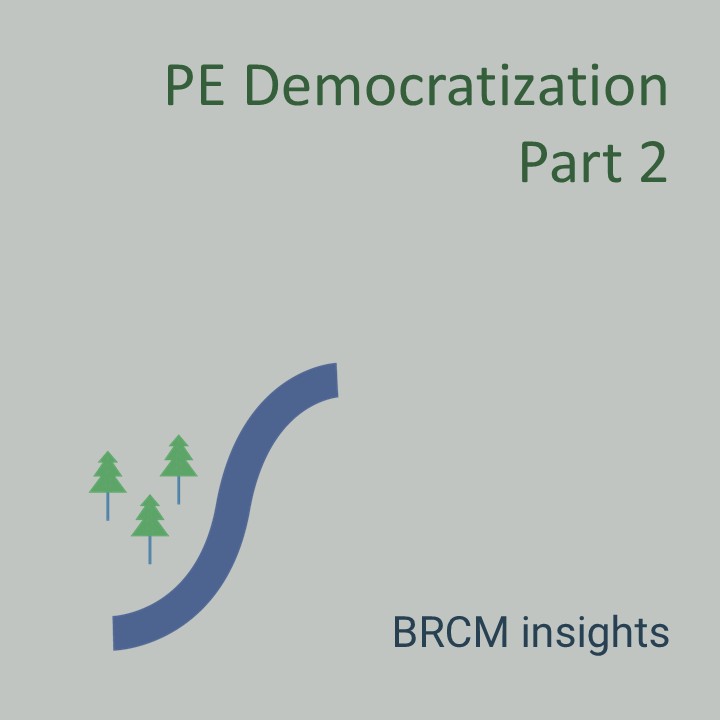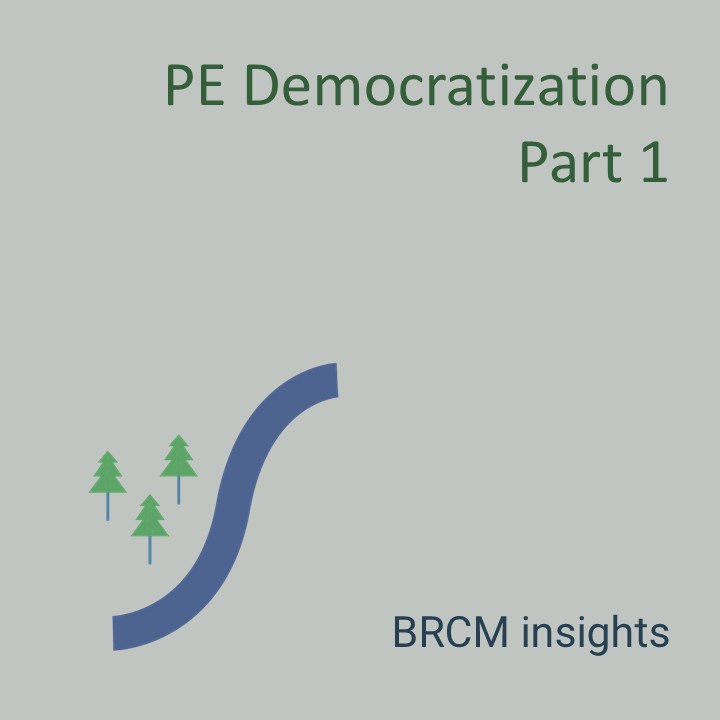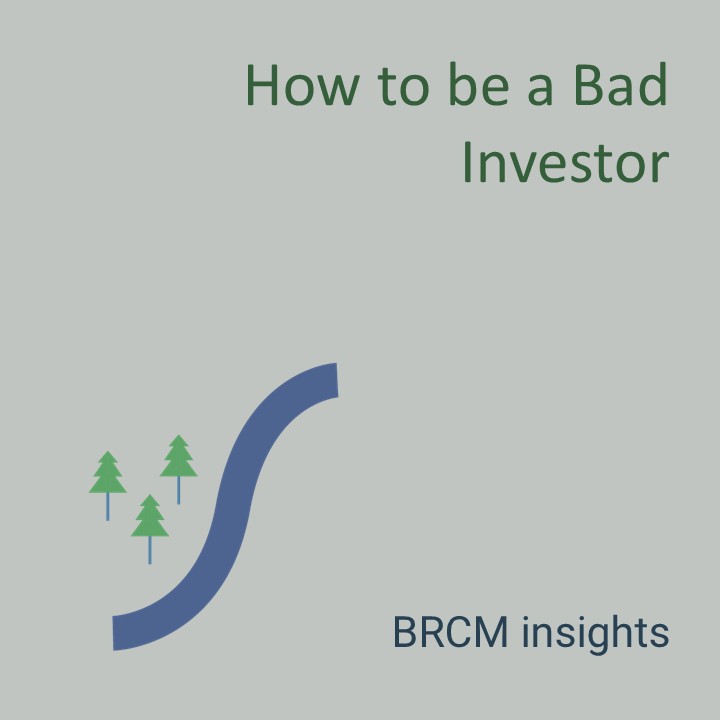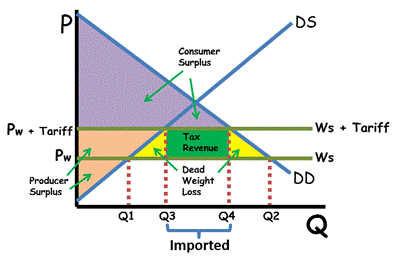This might seem like a stretch, but in working on these blog posts, I thought of my wife’s recent attempts trying to sell some items on Facebook Marketplace. Really, I did! Selling home goods online is clearly different from private asset transactions with two or three commas, but there are some parallels that hopefully will make some ideas more digestible.
As we prepare a nursery for a baby girl, we have a chair that has essentially been unused that my wife would like to rehome. She listed the chair for $60, which represents her estimate of the fair value of the chair.
Over the past couple of weeks, the only potential buyers have been offering considerably lower prices. Since my wife thinks the chair is worth $60 and there isn’t yet a rush to free the space, she has not entertained these bids in hopes that someone will come along and agree that $60 is a fair price. Although maybe she’ll then wonder if she could have sold it for more.
However, if my wife gets sick of waiting for someone to come along and pay $60, she may have to accept one of the low-ball offers, maybe $40, which would represent a market value.
Since there aren’t a lot of chairs just like the one my wife wants to sell (and in varying conditions), accurately estimating what it’s worth is basically a guess.
Commonly we say that an item’s value is what somebody is willing to pay for it, but there are situations when that doesn’t align. Or in more finance-y terms, the fair value and market value diverge.
In fact, these divergences between market value and fair value are a key driver of investment. However, if some low-balling buyer acquired my wife’s chair for $40, it would seem a little strange if that person claimed the next day that they had made 50% overnight profit since my wife thought it was worth $60, right?
Well, shockingly and discouragingly, this kind of chicanery is happening.
As we pointed out in our last blog in this series, private asset managers can face a dangerous incentive to put new capital to work quickly so that they can begin earning management and performance fees.
A 2024 Wall Street Journal article focused exactly on this topic and highlighted some concerning activities.[1] In some situations, private asset funds working quickly to invest new capital are buying stakes in other private asset funds. This layering of managers is very likely to increase the fee drag for investors, reducing net returns, but it seems some asset managers have figured out a way to counteract that.
The WSJ identified a dozen suspicious transactions between private asset managers in which the acquiring firm, despite establishing a market value the day before, claimed that the investments were worth the seller’s estimate of the fair value. These mark-ups resulted in overnight gains of 27% to more than 1500%. Not only do these head-scratching “profits” boost the performance that funds report (likely attracting new investors), but it also increases the management and performance fees charged to investors.
Maybe the sellers’ estimates of fair value will be justified over time, but if that’s the case, even in the direst situations, it’s hard to imagine selling an asset at a nickel on the dollar.
All this is to say that valuing private investments can be challenging. Private asset managers are required to value each of their underlying holdings regularly for performance and billing purposes, but they are not necessarily required to have those valuations done by a third party.
Publicly traded securities, on the other hand, must obey strict standardized reporting standards that have to be audited by an outside accounting firm. It’s not a perfect system (Enron, anyone?), but these reporting standards go a long way in promoting trust through transparency and consistency.
To play our own devil’s advocate, with how large private asset investing is, perhaps it’s impressive that the WSJ was only able to identify a dozen such transactions that look so obviously questionable. We believe that such transactions are the exception and not the rule, but given the laxer reporting standards and less liquidity in private markets, large distortions in estimates of fair value seem bound to happen periodically and could lead to some nasty surprises for investors.
If you have any questions about this blog, or other questions about your finances, please contact Blue River Capital Management at 503.334.0963 or at info@brcm.co.
This information is intended to be educational and is not tailored to the investment needs of any specific investor. Investing involves risk, including risk of loss. Blue River Capital Management does not offer tax or legal advice. Results are not guaranteed. Always consult with a qualified tax professional about your situation.
[1] https://www.wsj.com/finance/investing/funds-are-booking-big-one-day-windfalls-buying-private-equity-stakes-664f3423?mod=article_inline









